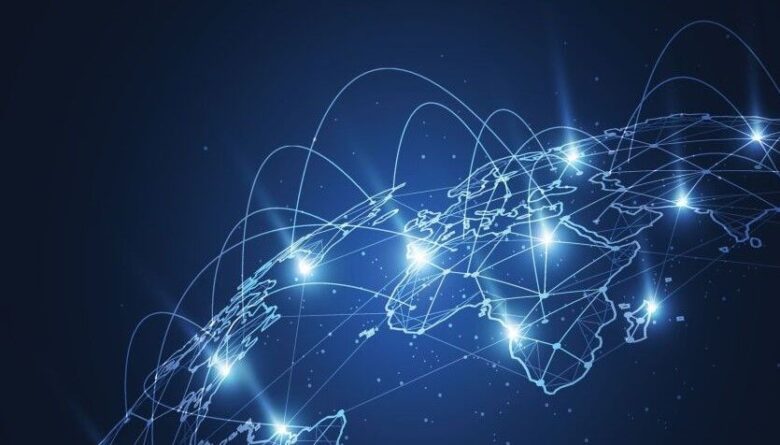Microinsurance is quickly becoming a necessary solution for many people in developing countries who suffer from severe poverty and vulnerability. While insurance has long been a pillar of financial stability in more developed countries, low-income groups sometimes find it difficult to find their way. Microinsurance is a solution for those who need affordable, accessible coverage the most. It is particularly suited to individuals and families in less developed countries who often cannot afford traditional insurance. Microinsurance offers an unprecedented level of security, designed to protect individuals from financial hardship caused by unforeseen events such as illness, accidents, or natural disasters.
1. Describe Microinsurance?
In developing countries, microinsurance is typically a type of insurance for individuals or families with low incomes. These plans typically cover basic health needs, life insurance, and protection against property damage caused by natural disasters, and also include microinsurance coverage at deliberately low rates designed to be reasonably accessible to people with limited resources. This type of insurance is designed to meet the most basic needs of the policyholder, typically pays out less than traditional insurance, and covers a wide range of necessary risks.
2. Microinsurance: The Needs of Underdeveloped Countries
There is a great need for microinsurance in underdeveloped countries. The lack of financial security creates enormous vulnerabilities in many parts of the world. With little choice between paying for food and housing, education, or healthcare, people living in poverty must make choices. In this case, a medical emergency or a natural disaster can leave a home in debt or even foreclosed. By providing an affordable way to mitigate these risks, microinsurance allows individuals and families to protect their assets and well-being from the unexpected. It ensures that low-income areas can have financial security without being burdened by exorbitant insurance rates.
3. Mechanism and Methods of Microinsurance
While microinsurance is designed to meet the specific needs and financial capabilities of low-income groups, it works much the same as traditional insurance. People pay modest, reasonable rates in exchange for coverage that helps them avoid property damage, medical treatment, or loss of income due to unexpected events. Although coverage is typically limited to disasters and essential services, the goal is to provide financial assistance where it is needed most. Microinsurance programs are available to people in remote or impoverished areas because they can be purchased from sources such as microfinance institutions, mobile phone platforms, and community groups.
4. Technical Features of Microinsurance
The success and popularity of microinsurance in developing countries have a lot to do with technology. With mobile phone use at an all-time high in many developing countries, mobile technology has taken the lead in delivering microinsurance services. Using mobile phones, people can purchase insurance plans, pay premiums, and even file claims. For those living in remote areas who may not have access to a physical office or bank, this convenience helps bring people closer together. Mobile platforms also help reduce administrative costs, facilitating reasonable premiums and ensuring the sustainability of insurance.
5. Microinsurance Product Categories
Public and supplier demand will influence microinsurance products. Health insurance, life insurance, property insurance, and crop insurance are some common forms of microinsurance. By covering basic medical expenses, including doctor visits, hospitalizations, and prescription drugs, microinsurance for health can help people avoid having to choose between their health and financial security. Life insurance products are designed to help policyholders pay for funeral expenses and maintain financial security and are intended to provide their families with a benefit in the event of death. Particularly in areas prone to natural disasters, property insurance covers damage to homes, crops, and animals. For employees without regular insurance, microinsurers can also provide accident or disability insurance.
6. Obstacles Faced by Microinsurance Providers
Even though microinsurance is promising, there are several challenges. Maintaining sustainability and keeping premiums reasonable is one of the biggest challenges. Microinsurers must balance the need to keep premiums low for policyholders with the need to generate sufficient revenue to cover operating costs and claims. In addition, microinsurance products must be tailored to the specific needs of different communities, and providers must educate potential customers about the value of insurance, which can be challenging in places where the concept of insurance is not well understood. In rural areas in particular, legal barriers and inadequate infrastructure can also make it difficult for microinsurance providers to effectively reach their target markets.
Conclusion
Improving the quality of life of poor people in less developed countries depends primarily on microinsurance. Providing affordable and accessible insurance can help people prepare for life’s uncertainties and ease the financial burden of unexpected circumstances. As more players join the evolution of microinsurance products and technology continues to advance, technology has the power to transform financial inclusion and poverty reduction in developing countries. For many, microinsurance is a lifeline – a means to reduce risk, provide basic health care, and protect livelihoods in difficult times.
FAQs
1. Why is microinsurance useful?
Microinsurance provides financial protection against unexpected disasters, including natural disasters, accidents, or illness. It eases the financial burden of property damage, funeral expenses, or medical expenses. It also encourages financial inclusion by providing insurance to those who are typically excluded from traditional financial services.
2. How does microinsurance work?
Microinsurance allows people to manage unexpected expenses by offering modest, reasonable reimbursements for basic coverage. Policyholders make periodic nominal payments, in return for which they receive coverage for basic needs, including property damage, life insurance, or health care. There is usually little red tape to keep costs down, and claims are handled in a simple, open manner.
3. Who is eligible for microinsurance?
Microinsurance is suitable for people on low incomes, especially those in developing countries. It is often targeted at individuals or families who cannot afford traditional insurance. Those living in remote or poor areas can obtain microinsurance through mobile phones, microfinance institutions, or community groups.
4. What types of insurance does microinsurance offer?
Health insurance, life insurance, property insurance (usually against losses caused by natural disasters), and crop insurance are common forms of microinsurance. While property insurance protects assets such as homes, livestock, or crops, health microinsurance can cover basic medical expenses and life insurance can provide financial protection in the event of death.
5. What is the affordability of microinsurance?
People with low incomes must find affordable microinsurance. These costs are often much lower than traditional insurance, allowing people from poor families to afford minimal coverage. While coverage varies, the aim is to create a safety net without placing a substantial financial burden on the insured.




